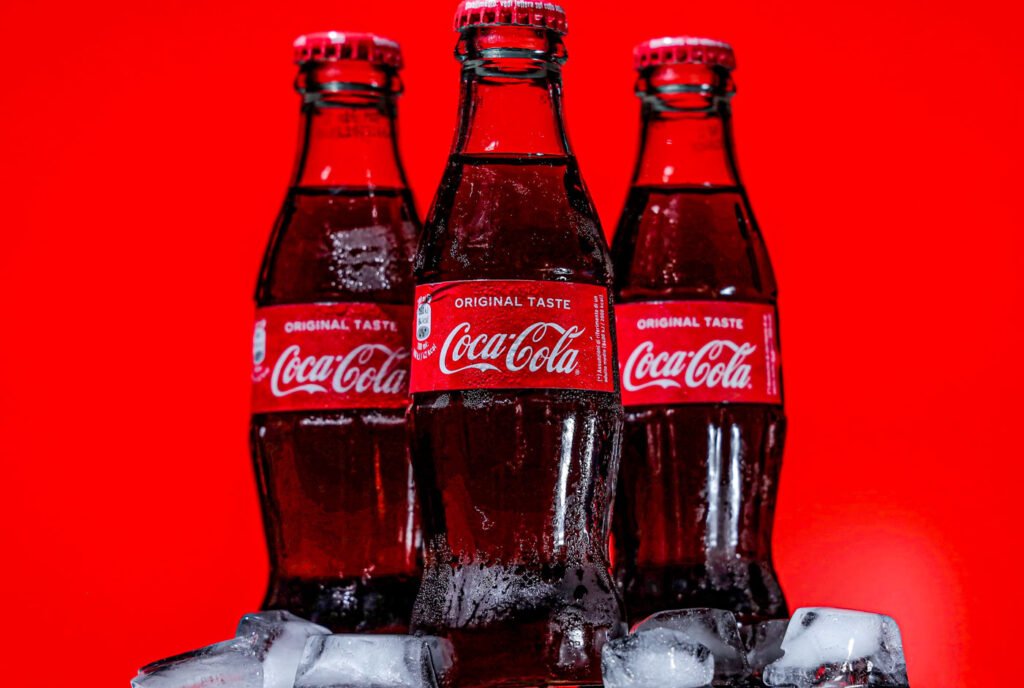Introduction
In branding, color is more than a simple aesthetic choice; it’s a powerful tool that can evoke emotions, convey messages, and leave a lasting impression on consumers. The use of colors in branding goes beyond mere visual appeal; it plays a crucial role in shaping a brand’s identity, establishing recognition, and influencing consumer behavior. This blog post will explore why colors are essential in branding and how they can impact a brand’s success.
1. Instant Recognition
Colors are like a brand’s signature. They provide an immediate and recognizable association with a particular company or product. Think of the golden arches of McDonald’s or the vibrant red of Coca-Cola. These iconic colors are etched into our minds, making us instantly connect them to the respective brands. Consistency in color usage throughout all branding materials establishes a distinct brand identity and aids in easy brand recognition and recall.

2. Emotional Connection
Colors can evoke emotions; blue suggests trust, and red indicates passion. Brands strategically use colors to trigger specific emotions that align with their values and messaging. Consider the calming and trustworthy blue banks used, like Chase or Netflix’s youthful and energetic red. These color choices are not random; they are carefully selected to connect with consumers on an emotional level.
3. Differentiation
In a crowded marketplace, standing out is crucial for a brand’s success. Colors offer a unique opportunity for differentiation. When a brand adopts a color distinct from its competitors, it sets itself apart and becomes more memorable. Take the example of Apple, which uses a sleek and minimalist white and silver color palette in contrast to its competitors’ often dark and cluttered designs. This choice differentiates the brand and conveys a sense of sophistication and simplicity.
4. Message Reinforcement
Colors can be a powerful tool for reinforcing a brand’s message or values. For example, eco-friendly brands often use shades of green to communicate their commitment to sustainability. Similarly, luxury brands frequently use gold and black to signify exclusivity and elegance. Consistent color choices across branding materials help reinforce the brand’s message and values, making it more convincing to consumers.

5. Consumer Behavior
Colors can influence consumer behavior in subtle yet significant ways. Research has shown that specific colors can encourage purchasing or subscribing to a service. For instance, using red and yellow in fast-food branding is believed to stimulate appetite and prompt quick decisions. On the other hand, blue and green are associated with relaxation and trust, making consumers more likely to engage with financial or healthcare services.
Colors are not just a visual aspect of branding
They are a language of their own, communicating emotions, values, and messages to consumers. When used effectively, colors can create a strong brand identity, foster emotional connections, differentiate a brand in the market, reinforce its message, and influence consumer behavior. Successfully branding a product involves understanding the psychology of color and using it strategically. So, the next time you see a brand’s logo or packaging, take a moment to consider the power of color and how it shapes your perception and engagement with that brand.







